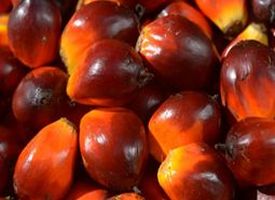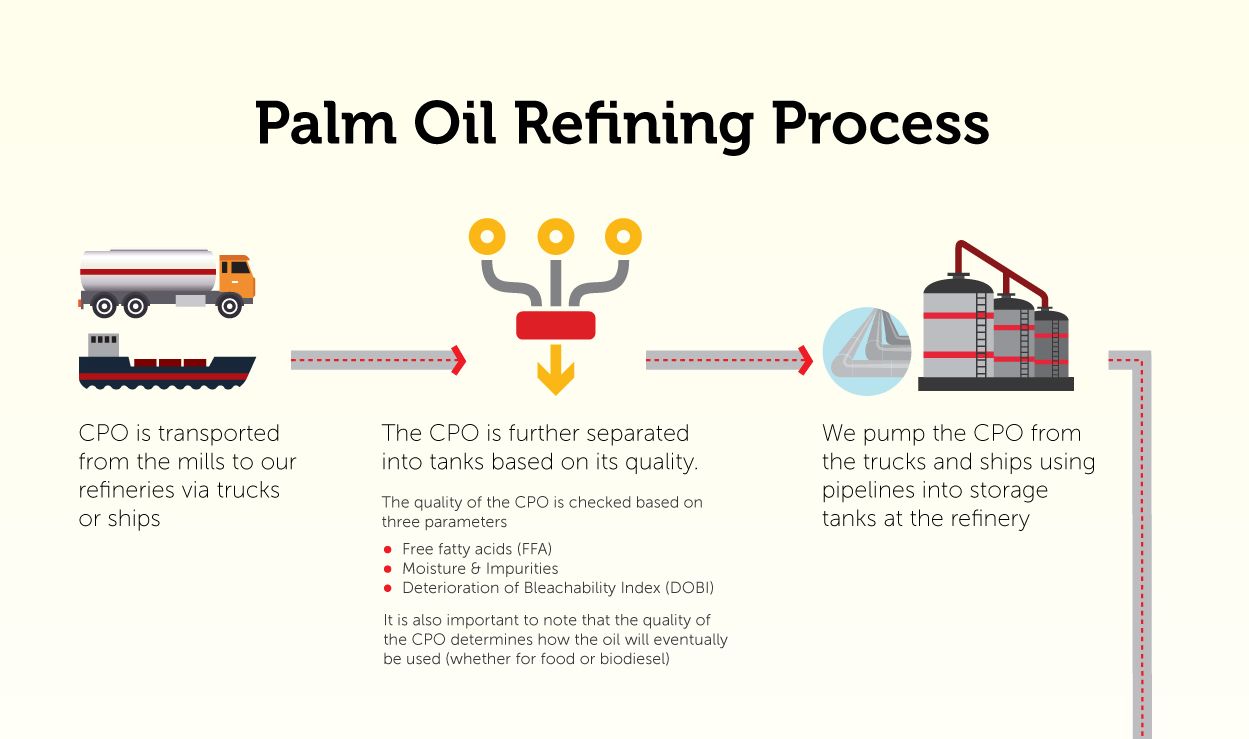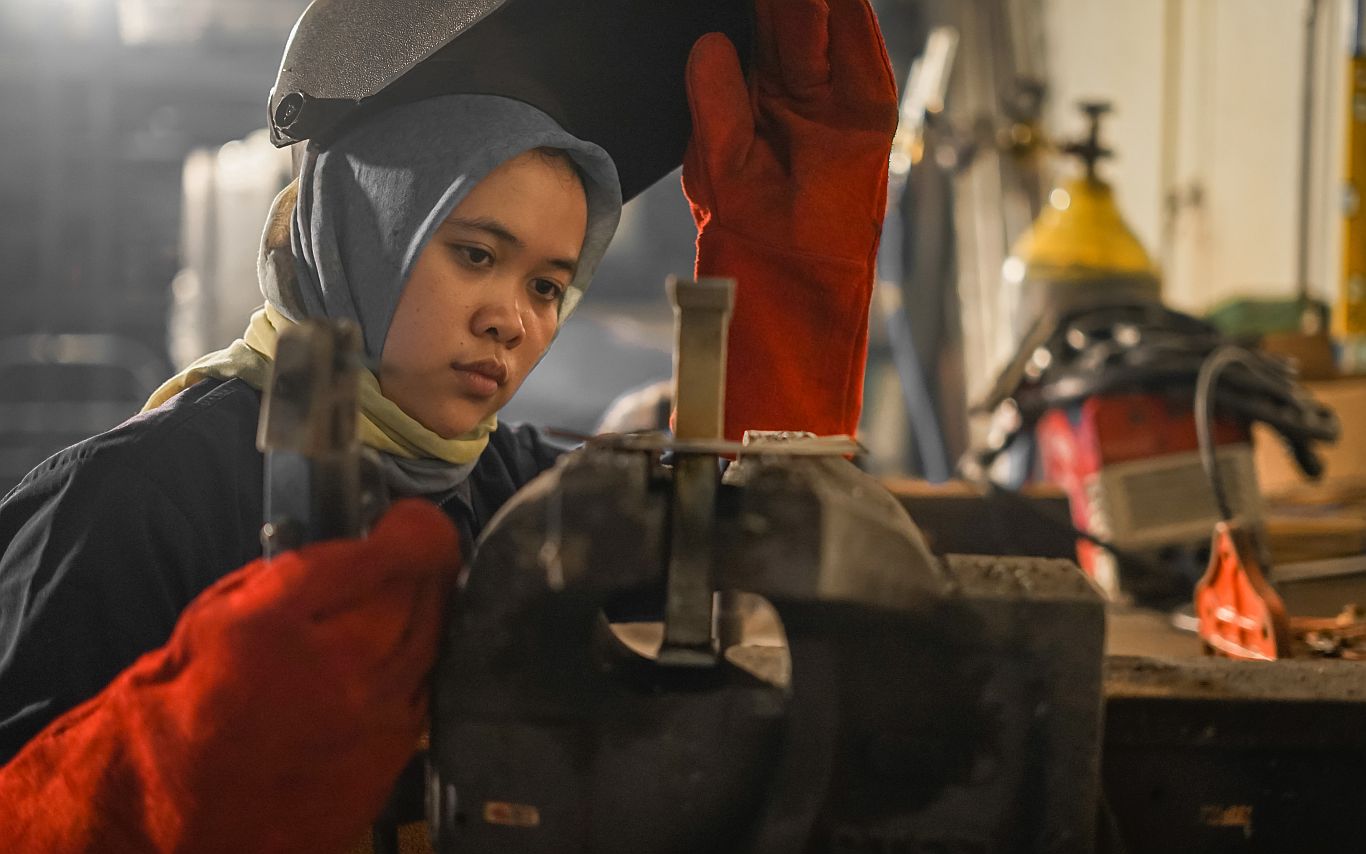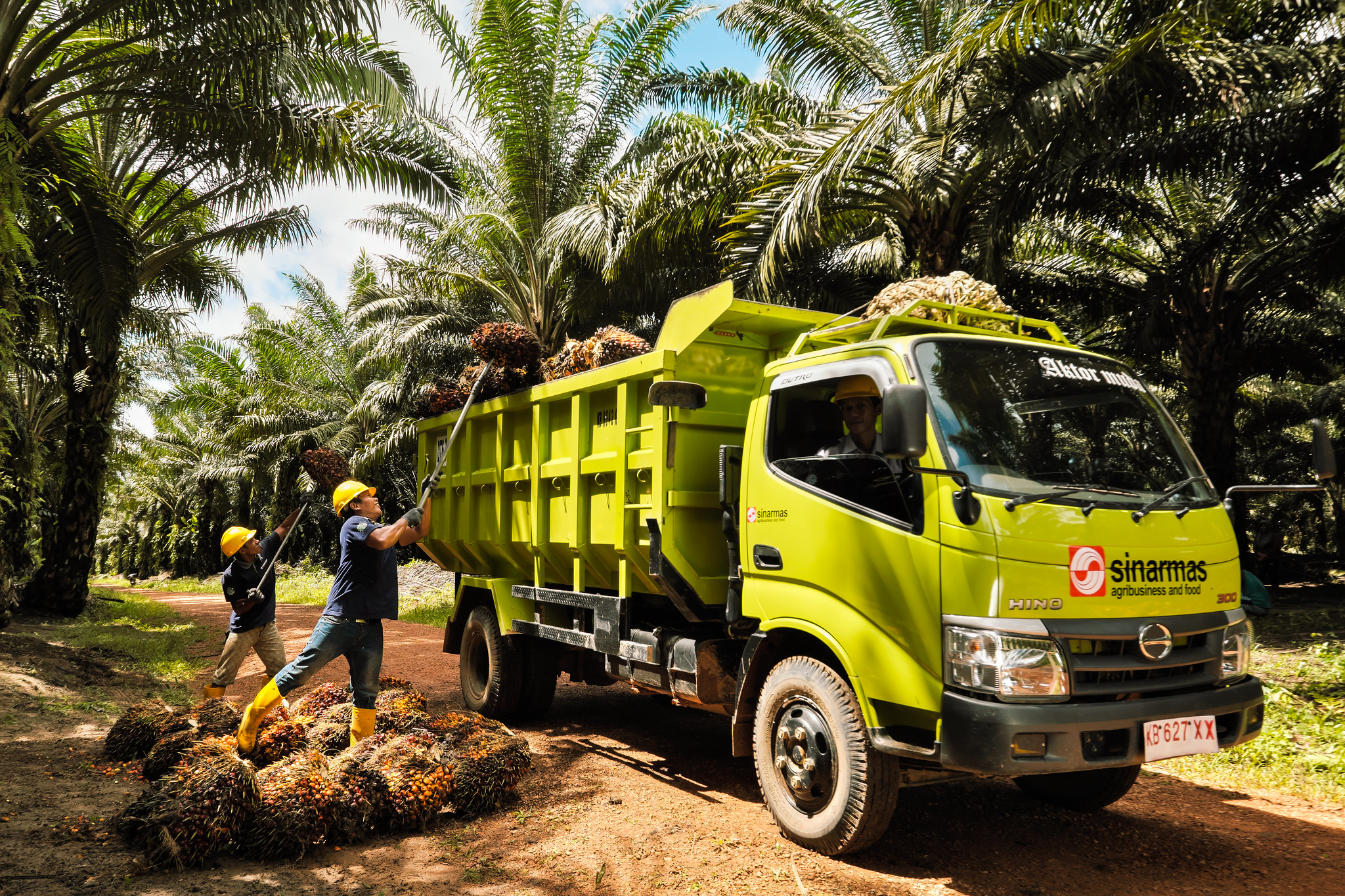In Part Three of Postcards from the field, Clairie goes on a tour of the SMART Research Institute (SMARTRI).
I wondered if it was the Indonesian air but I realised that no matter where you are: be it a seaside villa in Bali, in the mountains of Medan or simply in the middle of palm plantations in Riau, the morning feels are similar. A crisp start to the day with the silhouette of green foliage, its edges made blurry by the heavy fog. Our breakfast consisted of salak (snake fruit), pisang (banana), telur mata sapi (eggs sunny side up) and mi goreng. Eaten with the sound of incessant buzzing of tropical birds and insects – a constant reminder that we’re in the heart of a tropical rainforest. We set off to the SMARTRI LIBO research centre led by Pak JP Caliman, a French researcher.
GAR spends a considerable amount on R&D and at SMARTRI they tackle issues ranging from increasing the productivity of the palm trees to developing more sustainable palm oil farming methods.

Researchers at SMARTRI
We were given a presentation on the productivity and benefits of palm oil and briefed on various research projects. The researchers are working on a host of topics such as which varieties to cross to get the highest yielding palm variety; what amount of carbon emissions are associated with palm plantations; and the cycling of nutrients in palm plantations. Over the course of the day, we set out to look at these projects.
We drove out to visit a researcher interested in measuring carbon fluctuations in palm oil plantations. This helps assess the potential of palm oil plantations to sequester carbon which can contribute to climate change mitigation.
It was great to hear about the methodologies involved and see the equipment I’ve only heard about in class at Cornell. Putting a number on CO2 released sounds so abstract and it’s strange to be able to essentially see the palm tree breathing. Wanting a closer look, I jumped at the offer to climb the tower that houses the equipment. Since the equipment has to be above the canopy, it was a scary climb to reach the top. But spurred by my interest in the equipment as well as by the chance to get some great photos I finally reached the highest point- which was a small square ledge about 1m x 1m. The equipment was less impressive than I thought, each equipment was smaller than the length of my arm and they were all stationary, save the spinning wind dials. My slight disappointment vanished when I took in the sea of palms in all directions I breathed deeply filling my lungs with oxygen because it was daytime and the plants were photosynthesizing.
Join Clairie in the next instalment when she completes the tour of SMARTRI



 我们的业务
我们的业务 我们的成就
我们的成就 我们的公司治理
我们的公司治理 我们的领导力
我们的领导力 气候变化
气候变化 社区参与
社区参与 合作关系和成员资格
合作关系和成员资格 负责任采购
负责任采购 负责任生产
负责任生产 资质证书
资质证书 可持续性报告
可持续性报告 油脂化学品
油脂化学品 生物能源
生物能源 种子
种子 运输及物流
运输及物流 新闻稿
新闻稿 博客
博客 GAR 专家
GAR 专家 素材库
素材库 出版物
出版物 股东信息
股东信息 SGX 文件
SGX 文件 分析师覆盖
分析师覆盖 潜在供应商
潜在供应商 为棕榈油供应商提供支持
为棕榈油供应商提供支持 常见问题
常见问题 毕业生和专业人士
毕业生和专业人士 奖学金
奖学金 实习 实习生
实习 实习生









